Anxious Attachment Style: 10 Tips To Build Secure Relationships
Create a safe and secure attachment with your partner with the right measures.
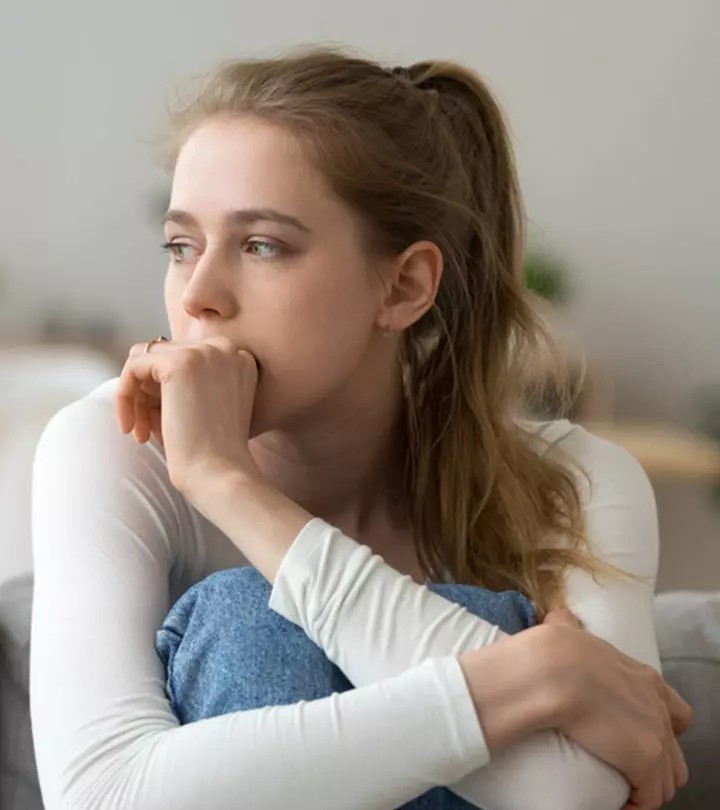
Image: Shutterstock
Anxious attachment style is one of the three insecure attachment styles characterized by a person whose “go-to” is anxiety and insecurity about their partner, the relationship, and themselves. Small reasons like not picking up a call or going out with friends can make your partner highly insecure. They may present as needy, clingy, or even obsessive. As a result, they overthink everything related to you. These are some of the behavioral traits of a person having an anxious attachment style . However, this condition is reparable and needs a lot of patience from the partner. It is completely possible to heal an insecure attachment style, and learn how to create a secure one.
In this article, we have explained the anxious attachment style, its signs, how to deal with it, and other related issues. Continue reading to know more.
In This Article
What Is Anxious Attachment?
Anxious attachment is a type of attachment style based on a theory developed by John Bowlby and Mary Ainsworth (1). According to this theory, you can broadly categorize attachment styles as secure, or insecure (which has three subsets: avoidant, disorganized, and anxious. Anxious attachment is a type of insecure attachment where the person may have low self-esteem, trust issues, and a fear of abandonment which makes them highly insecure, emotional, sensitive, and dependent on their partner.
According to the attachment theory, your early childhood experiences with your primary caregiver(s) play an important role in the way you perceive and behave in close relationships (2). It is believed that the attachment style you develop in early childhood has a lifelong influence. However, one can learn how to attach securely with awareness and treatment. This theory also links maternal loss or deprivation to personality development (1).
Understanding a person’s attachment style can give you an insight into how they communicate their emotions and respond to conflict. It also helps you manage expectations from your partner. Extensive research has been conducted to understand the neurological, behavioral, emotional, and biological basis for this theory (3).
Anxious Attachment Style In Relationships – Causes And Signs
The exact cause of the anxious attachment style is still unknown. Genetics and parenting style may contribute to a person developing an anxious attachment style. However, the most probable factor could be inconsistent parenting where the primary caregivers were occasionally nurturing but also emotionally unavailable, insensitive, or overly critical. This confuses the child, often leading them to feel insecure and anxious.
Another common childhood parenting style where the parents neglect nurturing their children emotionally – they do not soothe them, sometimes in an attempt to avoid pampering or spoiling them. This emotional neglect can manifest in adults as codependency, craving intimacy, and the need for constant validation or reassurance from their partners.
Learn the common signs of anxious attachment style below.
Common Signs Of Anxious Attachment
The most common signs of anxious attachment style include:
- Poor self-esteem
- Fear of abandonment
- Craving closeness and intimacy yet being scared of it
- Highly emotional
- Vulnerable to depression
- Trust issues
- Codependency
- Worrying about infidelity
- Constant need for validation
- Sensitivity, especially to your partner’s moods and needs
- Social anxiety
- Jealousy
- Being impulsive, unpredictable, and moody
- Trying to control the situation or your partner
- Being prone to panic attacks and anxiety disorders
This behavior makes romantic relationships tumultuous, stressful, and unstable. Knowing what triggers these symptoms might help in keeping the reactions in check.
Triggers Of Anxious Attachment
Many incidents or acts of the partner may intentionally or unintentionally trigger a person with anxious attachment. Some of these triggers include:
- Not answering the phone or getting a text response from the partner for a long time
- Partner communicating doubts or fears about the relationship
- Perceived threat of abandonment and loss of the relationship
- Partner making new friends or developing new hobbies and interests
- Spending quality time separately with other people
- Not knowing what to expect in a relationship
- Physical or perceived distance from the person for more than usual time
These triggers can create many problems in a relationship and lead to self-sabotaging behavior. The good news is that identifying this attachment style can help you manage expectations in a relationship. Keep reading to find out how to do so in the next section.
Anxious Attachment Style – How To Heal
Although most attachment styles dictate the type of relationships we develop later in life, they are open to revision based on experiences – especially in romantic relationships (2).
If you are aware that you exhibit traits of anxious attachment, it is a great start. It will help you adjust better to relationships and be more considerate toward your partner. Journaling, therapy, and having open and honest conversations with your partner can help you manage the situation.
On the other hand, if you are in a relationship with someone who has anxious attachment style, you can try to make them more comfortable by showing them you truly care about them. This assurance will help them feel more secure. Thus, it takes constant effort from both sides to make the relationship work.
Fatima Nawaz, a writer, shares her experience of overcoming her feelings of jealousy and insecurity which were ruining her relationship. She writes, “I found myself constantly comparing myself to others and becoming jealous of my partner’s interactions with them.” On her road to healing, she continues, “I realized that it was rooted in a lack of self-esteem and a fear of being rejected. I began working on building my self-confidence and accepting myself for who I am (i).”
Check out the next section for some tips that you can follow if you have an anxious attachment style.
10 Dating Tips For People With Anxious Attachment Style
- Be open. Communicate often with each other. It may seem hard, but with a little practice, you can learn to be emotionally vulnerable with each other. Express your feelings and what you want from each other clearly. Having clarity about your needs and values can solve many misunderstandings.
- Discuss your fears and insecurities with your partner. Tell them when you worry about infidelity or get jealous of someone. Be on the same page, and let your partner know something they do triggers your jealousy.
- Practice self-care. Meditation, journaling, and self-reflection are great ways to be aware of your needs. They also help you calm down, especially if you are moody and unpredictable. Being mindful can help you pause before you jump to conclusions or overreact.
 Quick Tip
Quick Tip- Have a strong support system apart from your romantic partner. Maintain a healthy bond with friends and family who understand that you need assurance and comfort when you are emotionally vulnerable.
- Seek professional help. A therapist will help you navigate different situations of conflict. They can also help you become more secure so you can have a healthy, thriving relationship.
- Avoid lashing out or making impulsive decisions – like breaking up or moving out – every time you have a minor disagreement with your partner. Even trivial things can trigger the fear of abandonment, leading you to want to break up immediately. It is at these times that you need to realize that it is your anxious attachment style that is making you behave this way.
- Figure out each other’s love language and make an effort to make each other feel appreciated and loved.
- Try to date a person with a secure attachment style. This can help you overcome your own anxious feelings and develop a healthy emotional bond.
- Learn to identify and label all your feelings and emotions. A healthy dose of detachment may help you avoid being dependent on others for constant validation and assurance. It is important to understand that a person’s reaction can be dependent on multiple factors, and this has nothing to do with you personally.
- Make a conscious effort not to date anyone with avoidant attachment style or a narcissistic personality. Often, people with anxious attachment style gravitate toward such people, which only makes their insecurities worse.
Now, let us look at 5 tips that you can follow when your partner has anxious attachment style.
5 Dating Tips For People Dating Someone Who Has Anxious Attachment Style
- Be Available: Your partner’s anxiety may be triggered if you are unresponsive or distant. So, try to answer their calls and texts as much as possible. This does not mean that you have to be at their beck and call. Do set healthy boundaries. Let them know in advance when you will be busy. It is important for them to feel safe and secure with you.
- Be Predictable: Playing hot and cold can bring out the trauma response in your partner. They may get clingy and possessive or act out to cope with their highly volatile emotions. Therefore, it will be good if you stay true to your words, follow up on your promises, and do not give them false hopes and expectations about you or the relationship.
- Show Your Commitment: Since your partner has a deep fear of abandonment, you may have to go out of your way to ensure that you will not leave them. Even when things do not work out, prepare them mentally and let them down gently.
- Stay Loyal: This holds true for any relationship. Loyalty and fidelity are the bedrock of any relationship. Also, try to be sensitive to your partner’s insecurities and make sure you do not fan them. Be transparent and open with your feelings and expectations. Shower them with attention and quality time so they know that they are loved and cherished.
- Be Emotionally Vulnerable: Understand that your partner is working on treating their relationship anxiety and needs someone who can relate to them. So, it would be a good idea if you were also emotionally vulnerable with them to show them that everyone feels anxious and insecure in their relationship from time to time.
 Quick Tip
Quick TipInfographic: The Dating Guide For People With An Anxious Attachment Style
People with anxious attachment style often feel insecure, clingy, and worried, which may impact their dating life. Communication and deep understanding is key to creating a strong and healthy relationship with your partner. Check out this infographic for dating tips for people with anxious attachment style.
Some thing wrong with infographic shortcode. please verify shortcode syntaxAnxious attachment style is commonly observed in adults with a traumatic childhood ridden with neglect and abuse that manifests in the form of insecurities and low self-esteem. Individuals having the anxious attachment style tend to carry their insecurities into their adult emotional connections, especially romantic ones. As a result, their sensitivity, jealousy, and anxiety can be overwhelming to them and those around them.
If you struggle with an anxious attachment style, you can rectify it and form secure attachments by working on your self-awareness. By undergoing therapy and surrounding yourself with supportive and loving friends and family members, you can learn to trust, grow stronger, hone your communication skills, and learn to manage your emotions better. Likewise, if your partner struggles with such conditions, you need to be empathetic, listen to them, and communicate with them. Finally, encourage them to take all the help they can get and appreciate all their little achievements.
Frequently Asked Questions
Why are avoidants attracted to anxious individuals?
Avoidants may be attracted to individuals with an anxious-attachment style as their core wounds revolve around neglect or lack of love and anxious individuals can fill that need with copious amounts of love, attention, and affection.
Is anxious attachment love?
Anxious attachment may feel like love, but it is coming from a wounded place and a fear of abandonment. However, with the right kind of emotional support from the right partner, there is scope for healing and forming healthy connections that come from a place of security and safety, and be more loving and less trauma bonding.
What is secure vs anxious attachment?
Individuals with a secure attachment style are comfortable with themselves, which helps them open up in relationships and build romantic connections easily, whereas individuals with an anxious attachment style are unsure of themselves and their relationships and constantly live in fear of abandonment and rejection.
What is the most successful attachment style?
A secure attachment style leads to successful, healthy relationships where the partners are emotionally and mentally secure, communicate transparently and are able to resolve their problems together.
What is the least secure attachment style?
In the disorganized attachment style, individuals behave in erratic, uncontrollable, and incoherent ways when something triggers their insecurities. It is not safe for them and those around them to form new relationships without healing from their past traumas.
Is it possible to change my attachment style?
Yes, you can seek professional therapy and invest in self-care and growth to change your style of attachment.
Can anxious attachment style impact other areas of my life?
It can negatively affect other aspects of your personal as well as professional life. It makes you incapable of dealing with stressful situations.
Key Takeaways
- A person can develop an anxious attachment style when they have low self-esteem, trust issues, and a fear of abandonment that leads to insecurity, emotional sensitivity, and dependence.
- People may develop an anxious attachment style due to genetics or the parenting style of their caregivers.
- You can develop a secure emotional connection through a caring and supportive network, mindfulness, and therapy to gain control over your anxiety.
Illustration: Anxious Attachment Style: Signs And Dating Tips
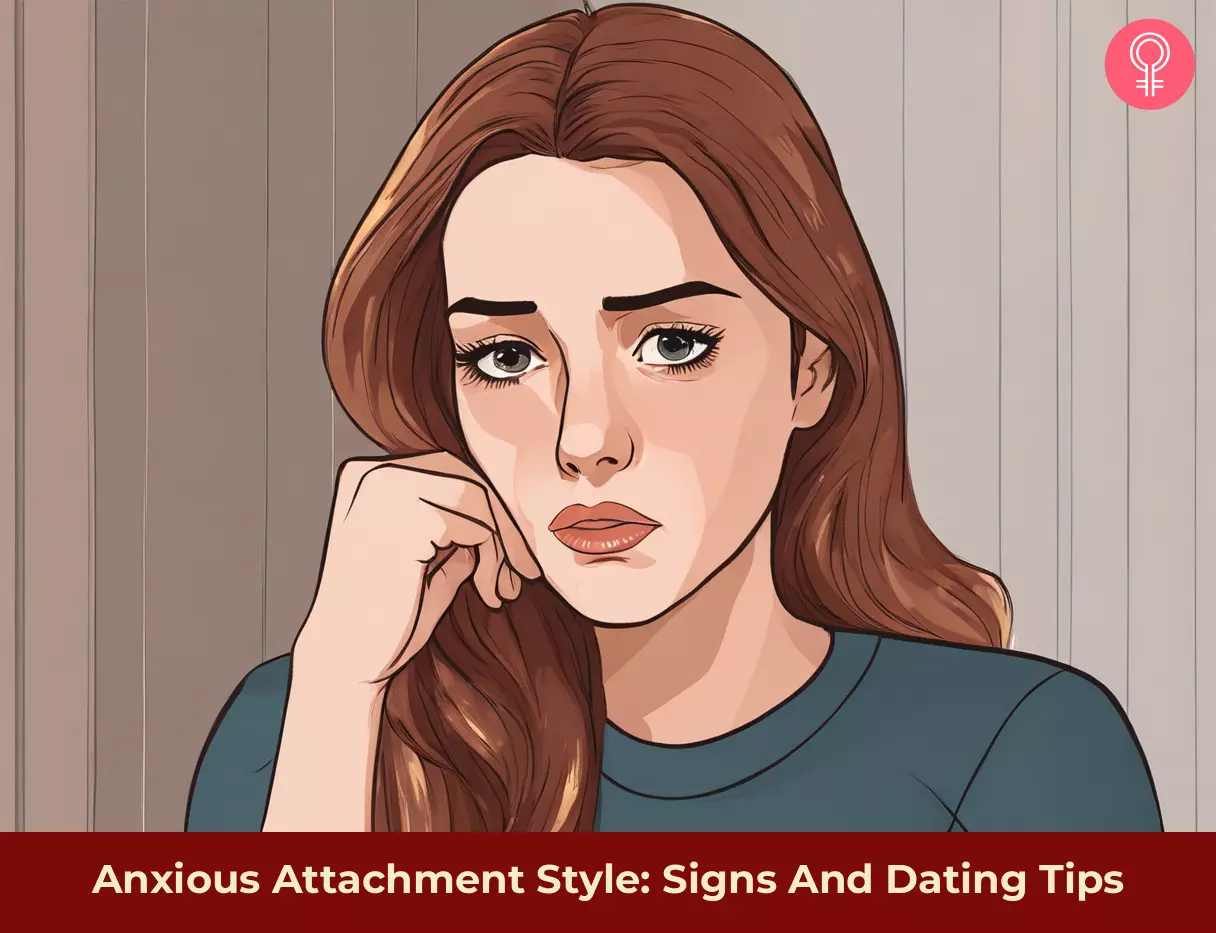
Image: Stable Diffusion/StyleCraze Design Team
Do you find yourself seeking constant reassurance from your partner? This might be because of your anxious attachment style. Watch this video to know more.
Personal Experience: Source
StyleCraze's articles are interwoven with authentic personal narratives that provide depth and resonance to our content. Below are the sources of the personal accounts referenced in this article.
i. From Jealousy to Joy: How I Transformed My Relationshiphttps://medium.com/know-thyself-heal-thyself/from-jealousy-to-joy-how-i-transformed-my-relationship-4d2f68a5f239
References
Articles on StyleCraze are backed by verified information from peer-reviewed and academic research papers, reputed organizations, research institutions, and medical associations to ensure accuracy and relevance. Read our editorial policy to learn more.
- The origins of attachment theory: John Bowlby and Mary Ainsworth.
https://psycnet.apa.org/record/1993-01038-001 - Does Attachment Get Under the Skin? Adult Romantic Attachment and Cortisol Responses to Stress
https://www.ncbi.nlm.nih.gov/pmc/articles/PMC4192659/ - Contributions of Attachment Theory and Research: A Framework for Future Research Translation and Policy
https://www.ncbi.nlm.nih.gov/pmc/articles/PMC4085672/
Read full bio of Dr Nancy B Irwin
Read full bio of Sneha Tete
Read full bio of Subhrojyoti Mukherjee
Read full bio of Sangita Goel



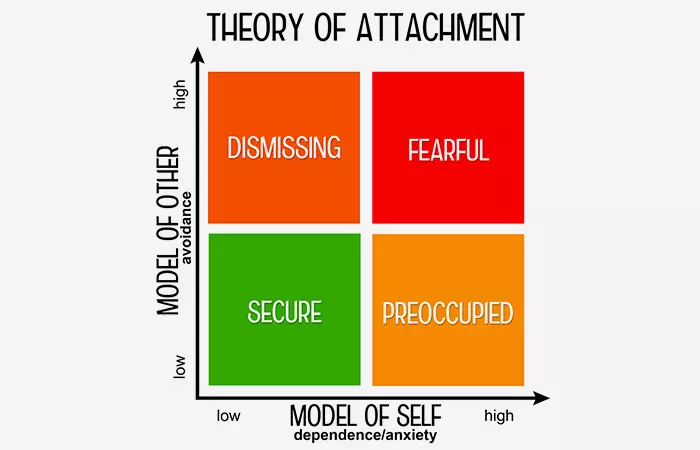

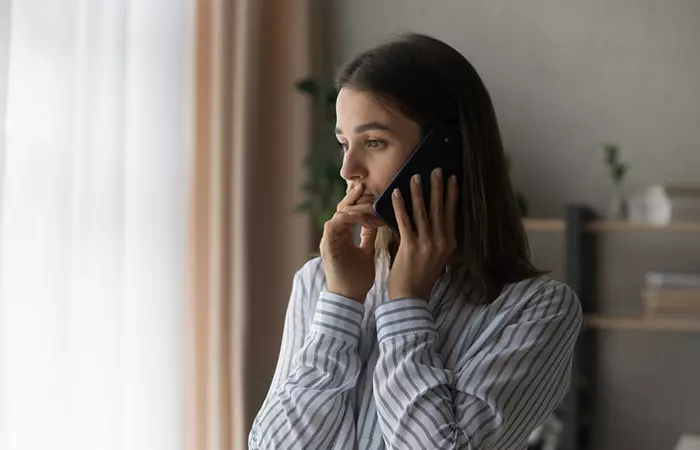
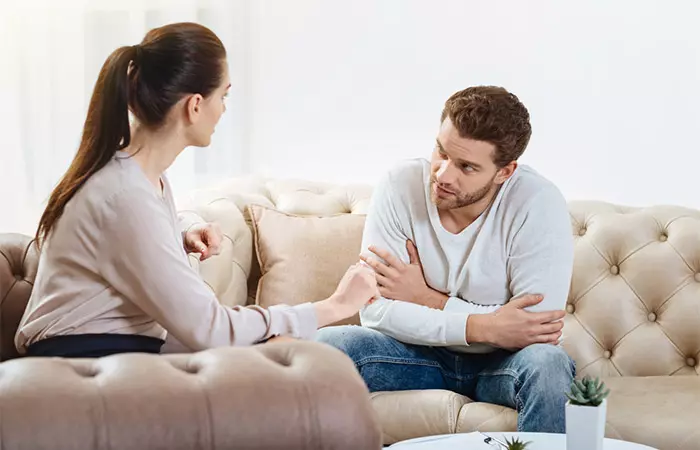
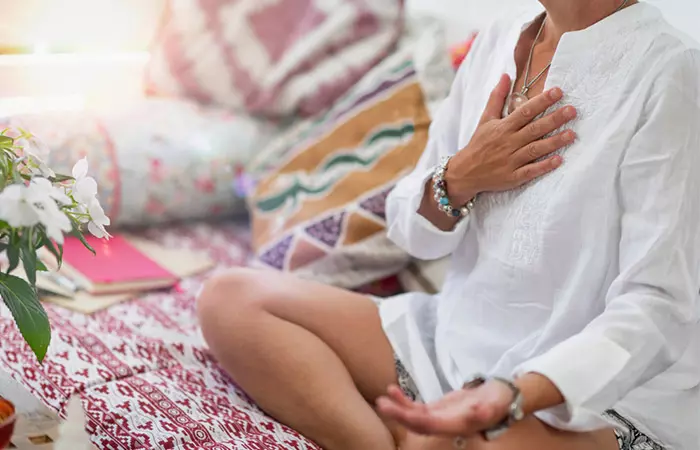







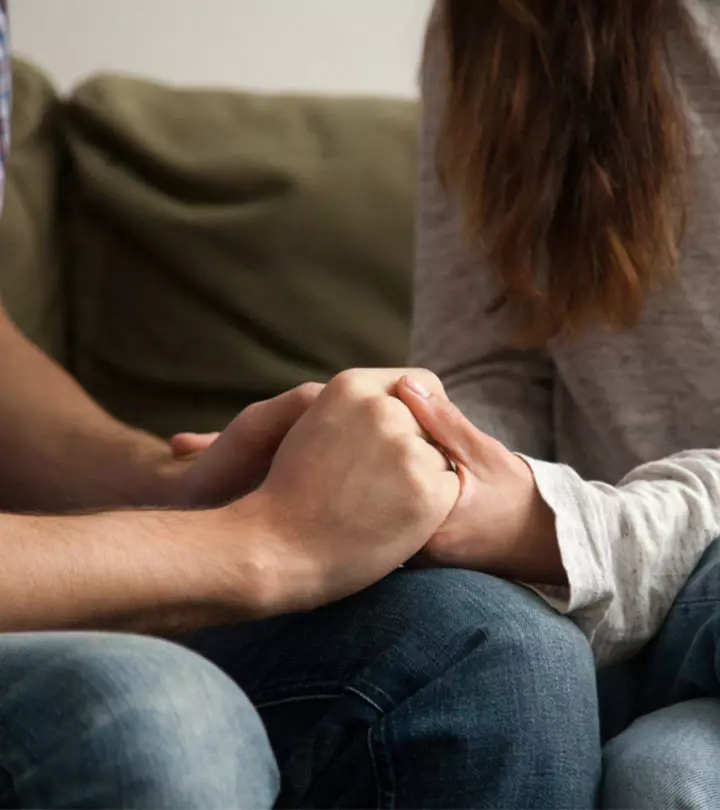

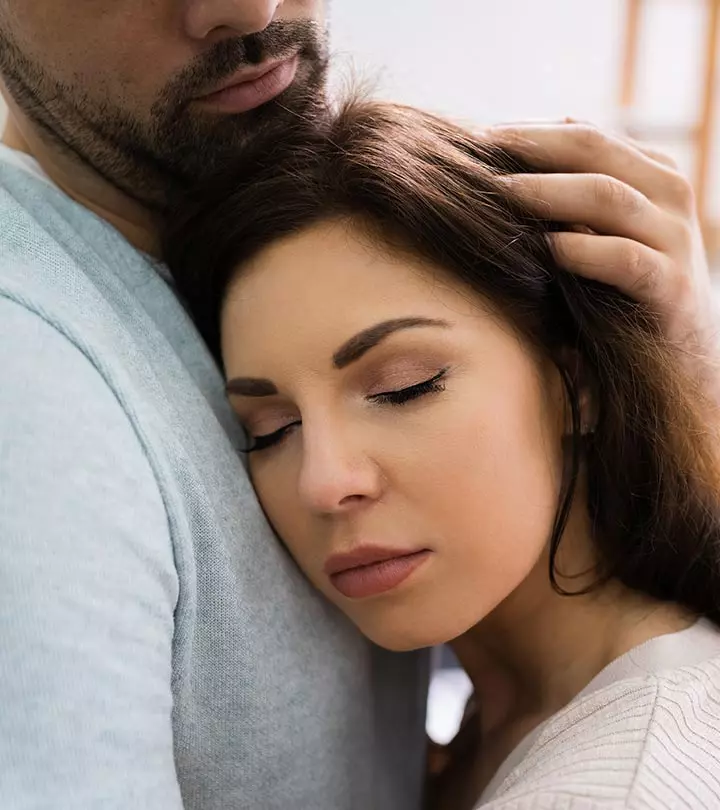






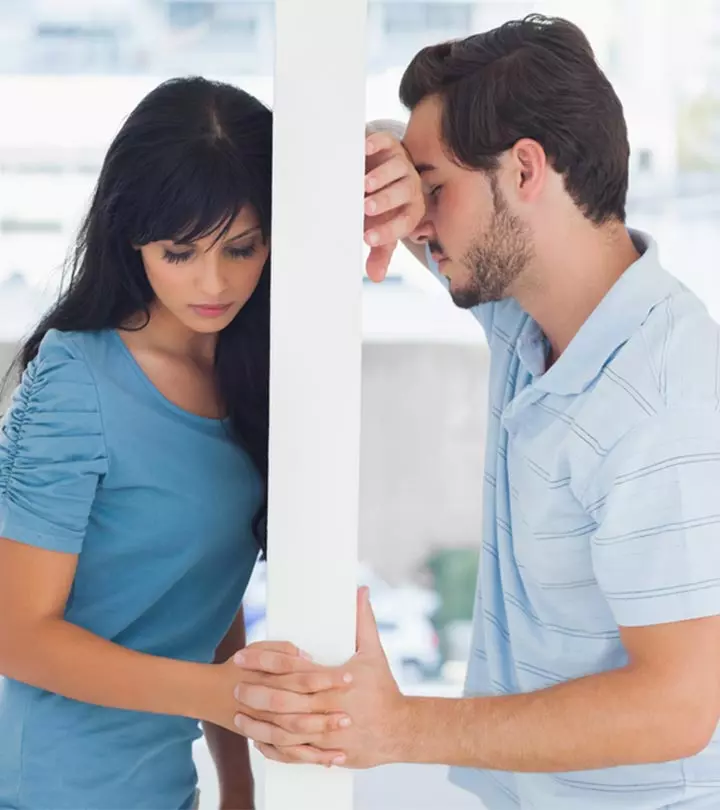



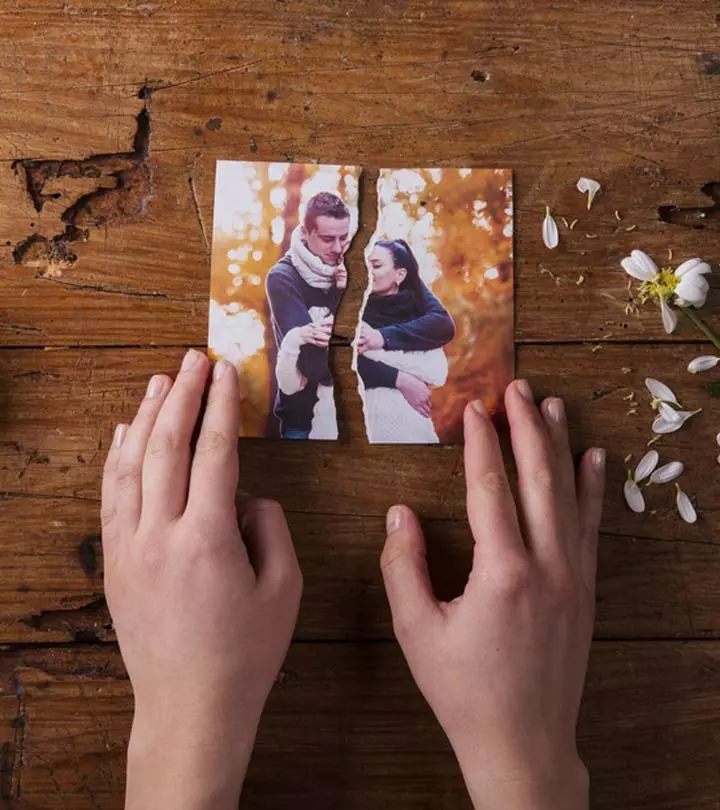


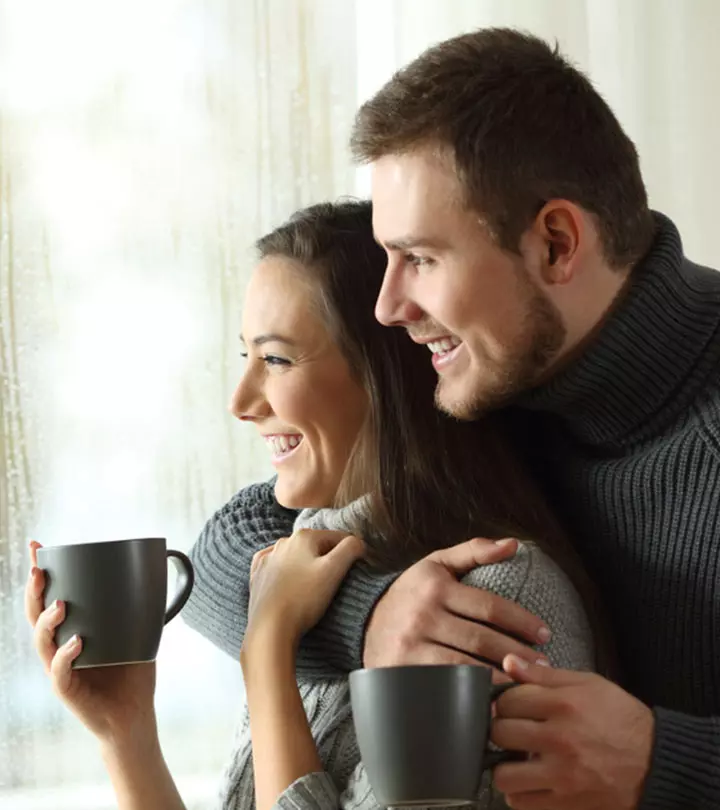




Community Experiences
Join the conversation and become a part of our empowering community! Share your stories, experiences, and insights to connect with other beauty, lifestyle, and health enthusiasts.